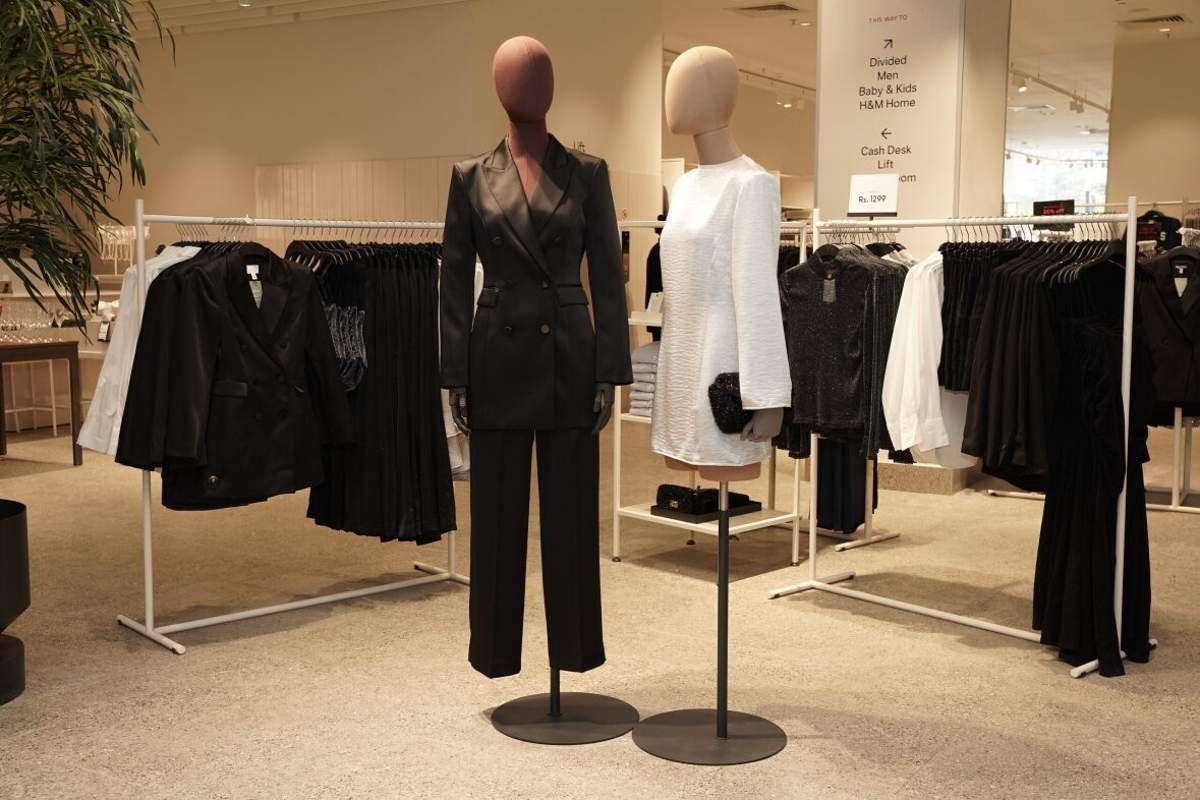
The fashion industry is in a whirlwind of consolidation. From luxury giants to high-street favorites, brands are merging, acquiring, and forming strategic partnerships at an unprecedented rate. This trend reflects a dynamic shift in the fashion landscape, driven by a numerous factors.
Mergers and acquisitions changing business
In August 2023, Tapestry, Inc. (owner of Coach, Kate Spade, and Stuart Weitzman) acquired Capri Holdings (Versace, Jimmy Choo, and Michael Kors) for a staggering $8.5 billion. This deal, the biggest in fashion for 2023, aims to create a powerhouse with a diversified brand portfolio and global reach, leveraging Tapestry's data analytics and direct-to-consumer expertise.
On similar lines G-III Apparel Group, known for brands like Calvin Klein and Tommy Hilfiger, acquired a significant stake in AWWG, owner of Champion and Starter. This move strengthens G-III's position in the booming activewear market.
There are several reasons for this shift.
Evolving consumer landscape: Today's shoppers crave convenience, omnichannel experiences, and sustainable practices. Mergers allow brands to combine resources, cater to diverse customer segments, and build robust online presences.
Digital transformation: The rise of e-commerce necessitates a strong digital infrastructure. Acquisitions like Farfetch's strategic partnership with Richemont (owner of Cartier) in 2023 bolster online capabilities and tap into new markets.
Growing competition: Fast fashion giants like Shein's IPO filing in 2023 and their acquisition of Missguided highlight the pressure to stay competitive. Mergers create economies of scale, allowing brands to compete more effectively.
Indeed there are several strategic benefits of mergers economies of scale is the foremost. Merged entities can leverage combined resources, leading to cost reductions in production, marketing, and logistics. It also helps in brand portfolio diversification as acquiring complementary brands allows companies to tap into new customer segments and product categories. And sharing knowledge and expertise across brands can foster innovation and accelerate product development. By combining resources and expertise, brands can strengthen their online presence and compete more effectively in the digital marketplace.
The ongoing M&A activity in the fashion industry signifies a period of significant transformation. As brands consolidate and seek strategic partnerships, the future of fashion promises a more streamlined and competitive landscape, with a focus on digital innovation, sustainability, and catering to diverse consumer preferences.












